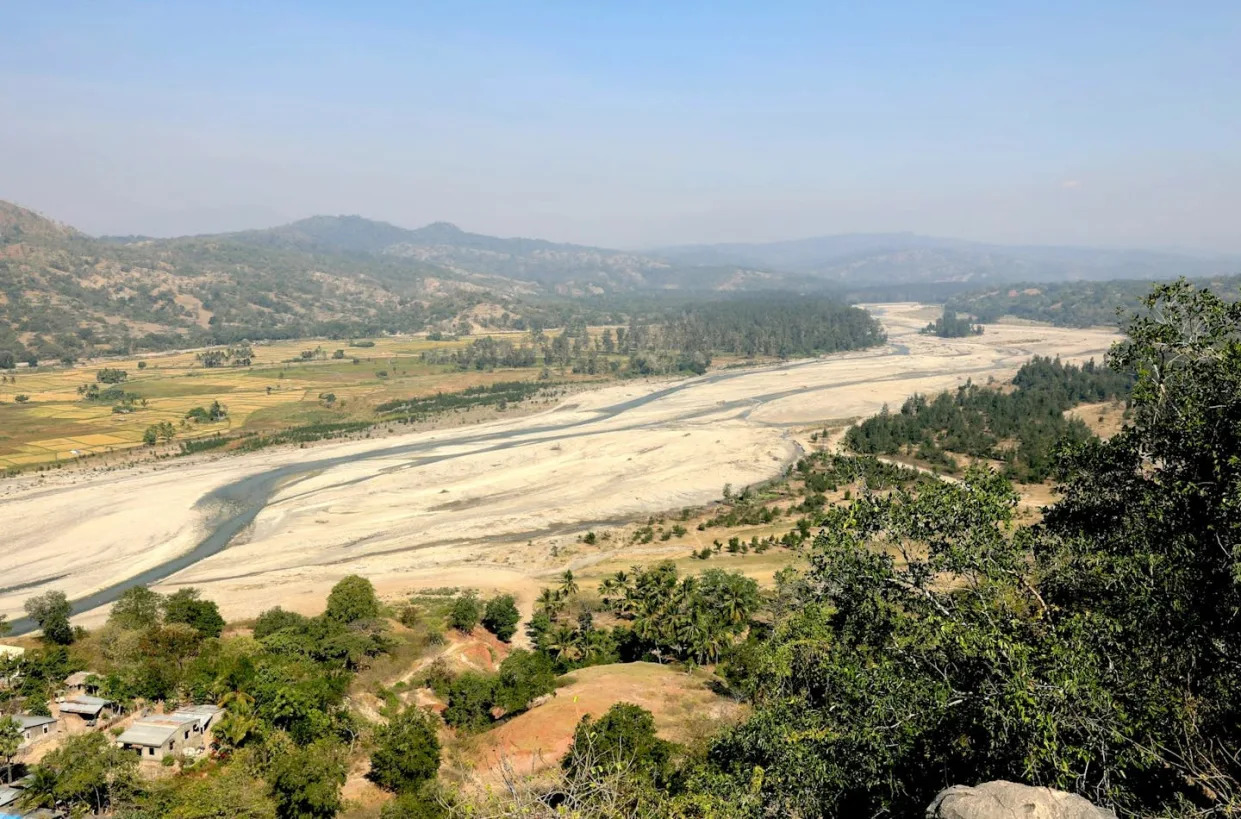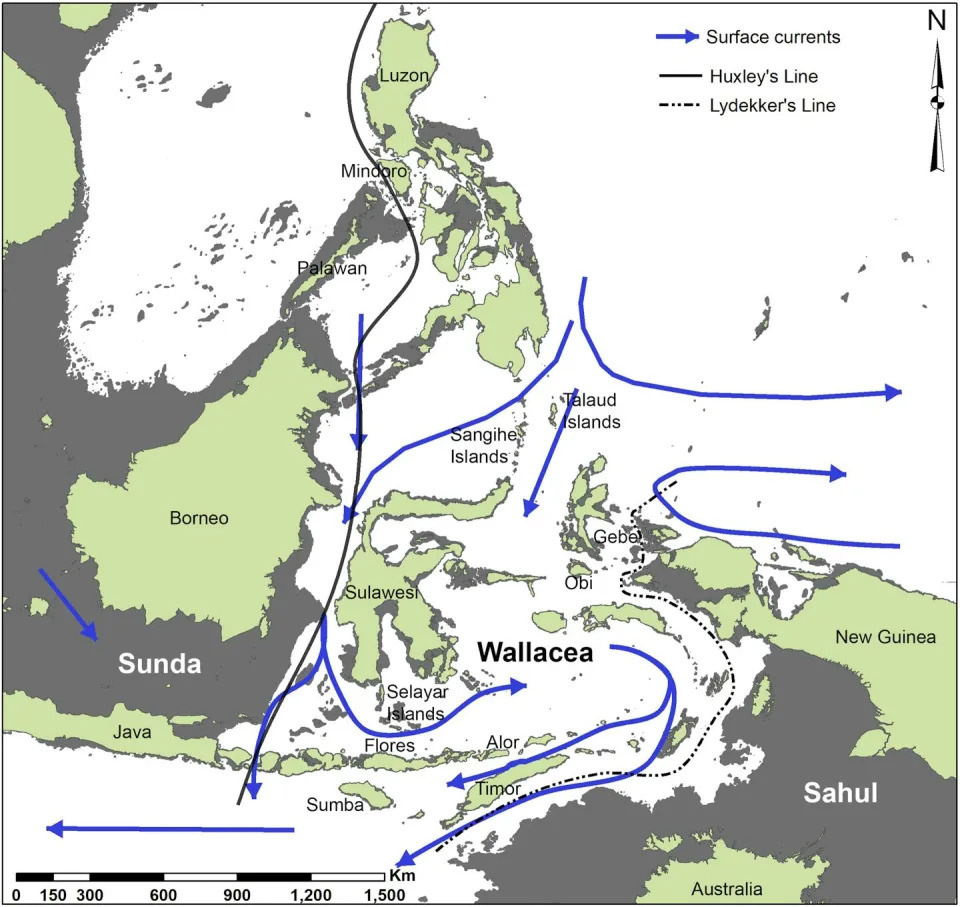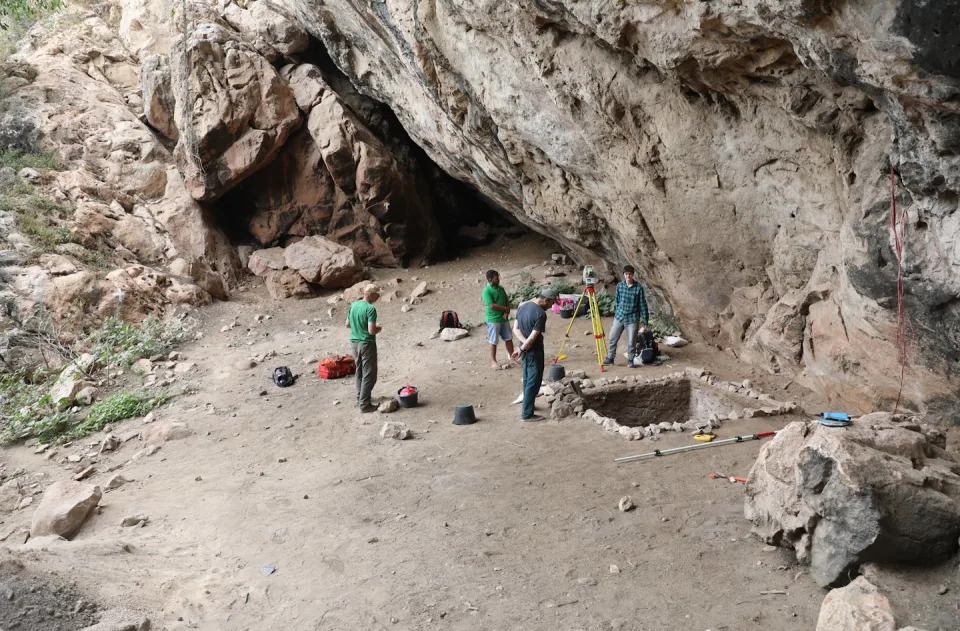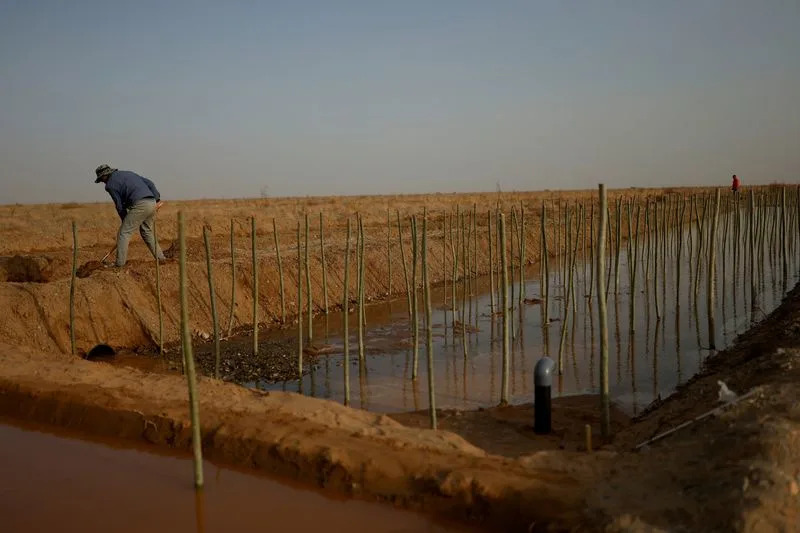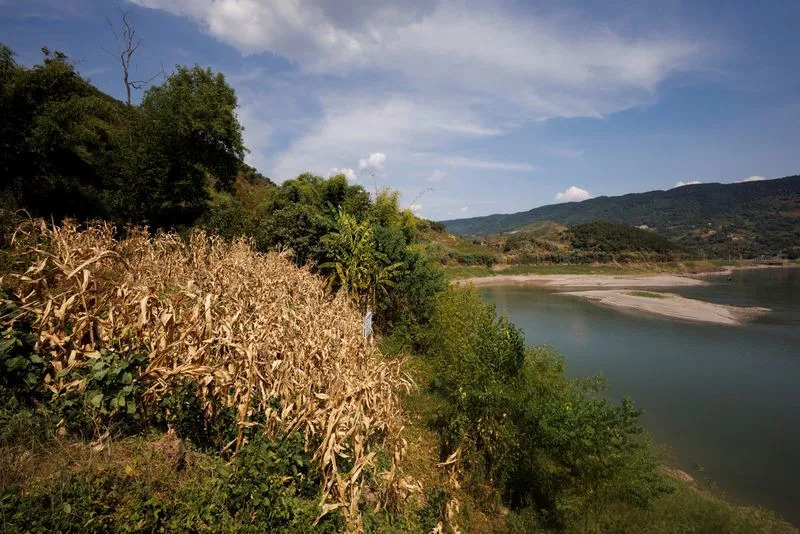Private investment firms partner to potentially cash in following sweeping changes in college sports
Two private investment firms have created a platform to help athletic departments find funding with college sports on the verge of sweeping change that could have long-term financial implications
TAMPA, Fla. -- With college sports on the verge of sweeping change that could have long-term financial implications, two private investment firms have created a platform to help athletic departments find funding.
RedBird Capital and Weatherford Capital announced Wednesday the creation of Collegiate Athletic Solutions, which is trying to cash in on a college sports landscape that’s facing significant upheaval.
The NCAA and its member schools are expected to vote on a proposed $2.77 billion settlement of an antitrust lawsuit this week, one that could leave schools with tighter budgets, or in some cases financial hardships, in the coming years.
CAS would be available to lend money and offer guidance to athletic departments in exchange for a share of future revenue.
“The paradigm shift we are seeing in the collegiate athletics ecosystem is similar to the ones we’ve seen with media distribution models, collective bargaining rights and premium hospitality,” said Gerry Cardinale, founder and managing partner of RedBird Capital in New York. “They’re all centered around the need to create long-term growth by bridging the gap between premium (intellectual property) and optimizing revenue streams.
“CAS addresses athletic departments’ need for near-term capital with additional operational expertise across strategies that can improve competitive positioning.”
Weatherford Capital is headquartered in Tampa, Florida, and run by brothers Will, Sam and Drew Weatherford. Drew Weatherford played football at Florida State and is a member of the school’s board of trustees.
FSU has been negotiating for more than a year with another investment firm, private equity giant Sixth Street, on a potential capital infusion for the Seminoles.
“We are in the late stages of the competitive divide between athletic departments and programs,” Weatherford said. “The impact of conference re-alignment, diverging media rights deals, and the advent of NIL and revenue sharing is creating a greater financial divide at both the university and conference level.
“History has proven that the universities that adeptly invest in their athletic departments consistently win and outpace peer institutions. Our mission at CAS is to offer athletic departments a unique capital solution to invest when and where they need it to compete at the highest level during this tenuous paradigm shift.”


